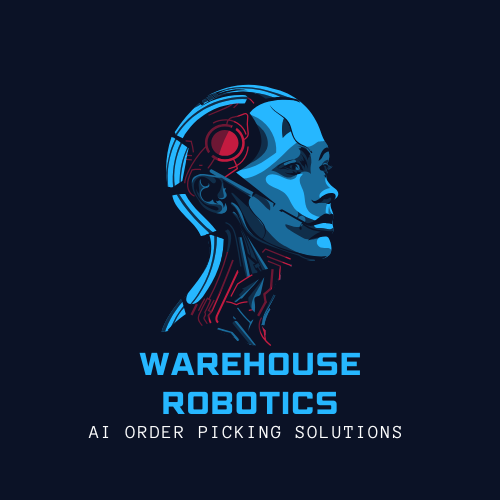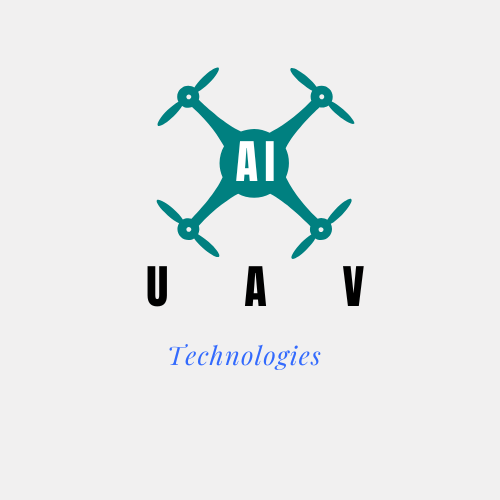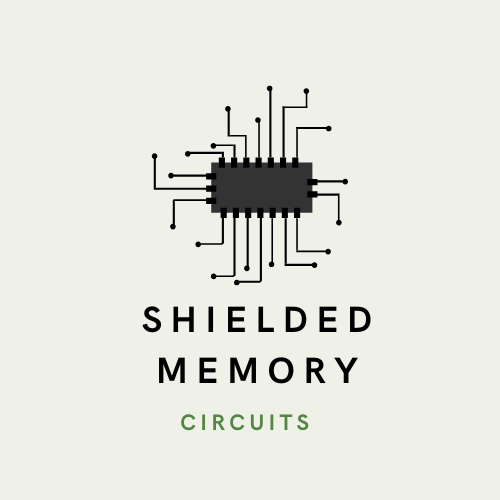Our Companies

Warehouse Robotics
In 2008, Vu Anh Hyunh earned a PhD in computer science from Massachusetts Institute of Technology. The thesis centered on the development of an algorithm that would plan a trajectory for a robot under uncertain conditions. The algorithm was called Partially Observable Stochastic Shortest Path (POSSP). Testing was performed on an autonomous car and an autonomous helicopter. The thesis sat on a shelf for a decade until Whitney Leslie of Mass Ventures met with Vu. Whitney felt the thesis was worth looking at to see if there was a possiblity for monetization. However, after many tests, a business model could not be formulated that seemed profitable. It was when Nigel Howard took a look that he realized that this technology could be used in factory automation. He approached the warehouse manager for the Amazon Fulfillment Center in Chelsea to try the technology. The initial tests were quite successful. The warehouse manager put Nigel in touch with the executives at Amazon Robotics - Formerly Kiva Systems. Nigel knew that the software would be perfect for the warehouse environment. However, Amazon was not looking for any further partners. Nigel hit the road and knocked on many doors. Eventually CVS Pharmacy agreed to try the robotics technology in their distribution centers. Warehouse Robotics partnered with Aseri Brown Boveri (ABB). ABB would provide the hardware and Warehouse Robitics would provide the software. Investment is needed to build the infrastructure for a Content Delivery Network (CDN). This will allow the robots to receive automatic updates. If you want to geek out, you can read the PhD thesis here.

Fujiwara & Yongxu
Yongxu Jin is a talented computer scientist trained at Stanford University. He earned his PhD in 2024. Yongxu is an avid gamer and wanted to focus his studies on improving the realism in video games. By utilizing Quasistatic Neural Networks (QNN), he was able to develop hyper-realistic simulations of fluids, muscles, cloth and hair. Yongxu's academic advisor, Ron Fedkiw, had already done consulting work with Industrial Light & Magic. Ron introduced Yongxu to studio executives in Hollywood. This led to the introduction of Atsuo Fujiwara, a senior animator at Industrial Light & Magic. Atsuo is the owner of an online animation school Ianimate.net. Yongxu and Atsuo decided to partner in business to offer their software to film studios. Their first client was Bridge Studios based in Vancouver, British Columbia. They also picked MGM Animation as a client, producer of the "All Dogs Go to Heaven" series. They are looking for investors so they can expand their market into Europe and Asia. This would allow them to hire sales experts familiar wtih the European and Asian markets to acquire more clients. If you want to geek out, you can read the PhD thesis here.

UAV Technologies
UAV Technologies is based on a 2023 PhD dissertation on brain-computer interfaces and its application in unmanned aerial vehicles. Marjorie Taylor-Green became interested in drone technology in 2010. Most of her male colleagues were doing aerial photography. But Marjorie knew that drones had applications beyond just toys and photography. She wanted to leverage drone technology to better the planet. She met up with Patrick Brown, another Oxford PhD student, and formed UAV technologies. Patrick's interests concentrated on energy distribution. Marjorie decided to move to the United States with Patrick to develop and promote their new idea. They are in the early phases of developing drones that can evaluate thousands of miles of electrical wire in the grid to identify any potential issues before they occur. The drones utilize magnetic sensing technology and can identify any drops in current or voltage. This allows allows for optimum placement of boosting transformers so that the end customer can received good quality electricity. DTE Energy based in Detroit has expressed interest in the technology. The electrical grid winds through the dense Michigan forest and inspections are costly and difficult. The drones will help simplify the inspection process and reduce costs. They are looking for investors to develope the mathematical models to simulate electrical transmission over long distances.

Quantic Financial Forecasting
In 2024, Scander Mustapha presented a PhD dissertation at Princeton University that examined the application of Stochastic Differential Equations to the field of Finance. Scander's father worked in the investment branch of Fifth Third bank. While his father wanted him to follow in his footsteps, Scander was more interested in mathematics and computers. However, in honour of his father, Scander specialized in computerized algorithms to be used in the financial industry. Scander met David Parkes, who was doing a guest lecture at Princeton. They realized they both had a common interest in the intersection of computer science and economics. The technology will help companies manage their foreign exchange exposure. They have pitched several financial firms and Pacific Investment Management Company has expressed interest although no contract has been signed. Investment is required to build the data processing capabilities. They are in the process of evaluating data centers in Dayton, Ohio. If you want to geek out, you can read the PhD thesis here.

Shielded Memory Circuits
Shielded Memory Circuits aim to develop specialized RAM chips to prevent against buffer overflow attacks. With a lot of sensitive data sitting on cloud infrastructure, buffer overlow vulnerabilities can expose companies to very high risk and liability. Lin Zhong, Seung-Sob Lee and Caihua Li from Yale University have developed technology to better protect memory management. By controlling access to memory via the Operating System, rather than using traditional encryption, the memory space can be kept confidential without the risk of corruption from the encryption algorithms. Applications for this technology would be in servers that store and provide access to highly sensitive data, such as in banking, healthcare and defense. Lenovo has placed an initial order of 100 chips through its subsidiary based in Morrisville, North Carolina. The chips have been sent to the R&D department of Lenovo in Beijing, China. The chips will be used in some custom mainframes being built for Asian banks. The company is looking for investors to help acquire the machinery required to manufacturer the chips and to build an ISO Class 1 cleanroom. If you want to geek out, you can read the publication here.